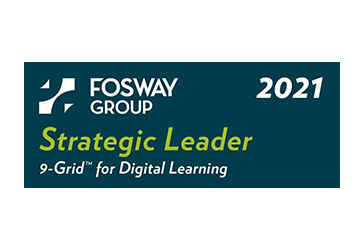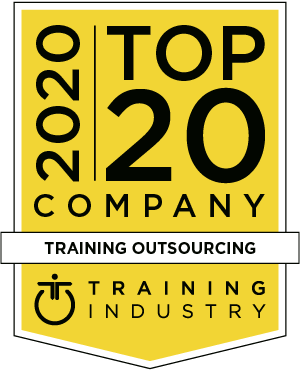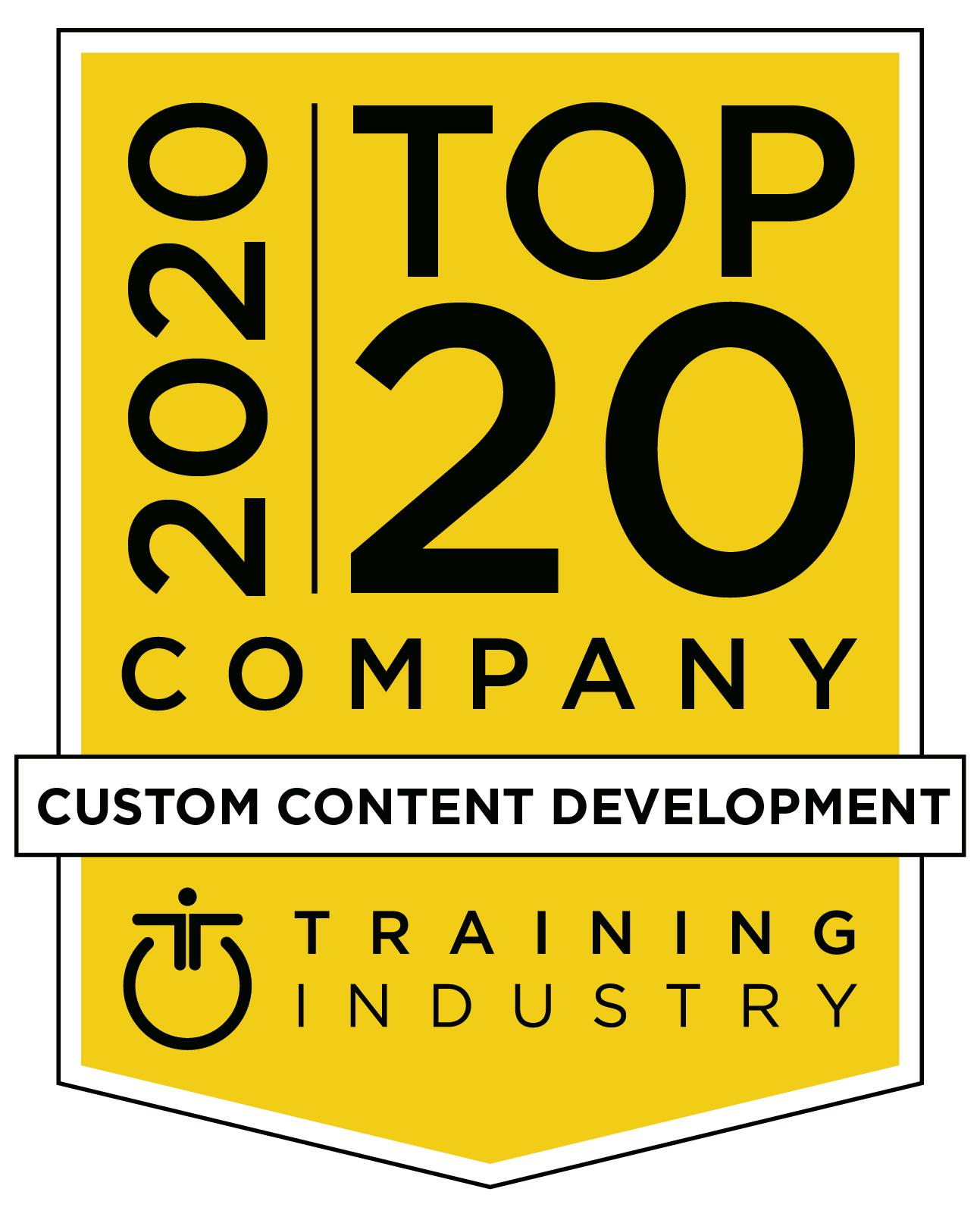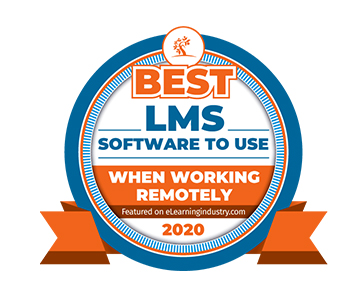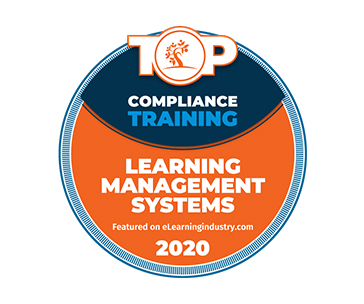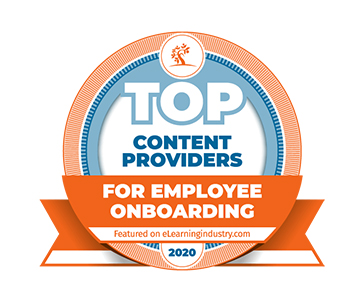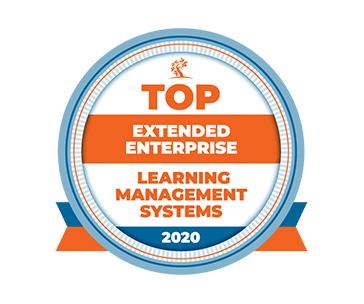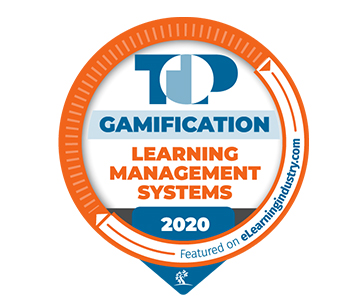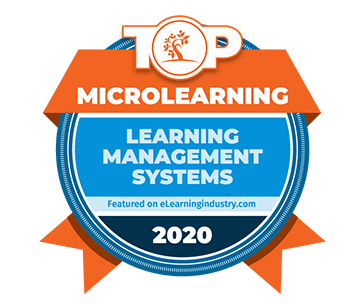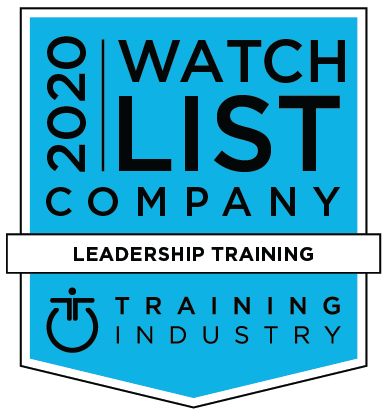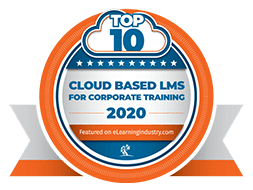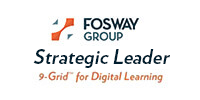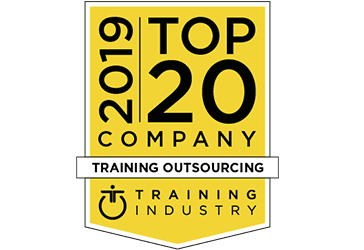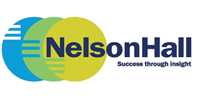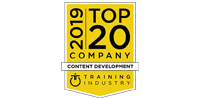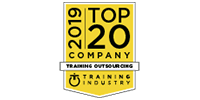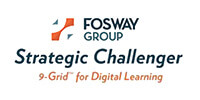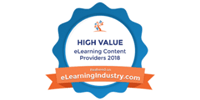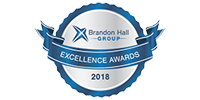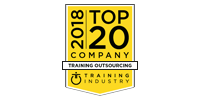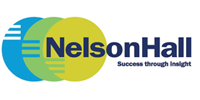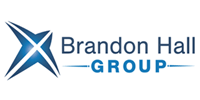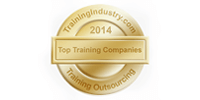If you are looking for ways to quickly improve the performance of your new employees you may want to consider investing in a high quality comprehensive onboarding program. Helping your new employees gain proficiency quickly can have a significant impact on your organizations revenue.
In fact loss of productivity due to the new hire learning curve can decrease profits by as much as 2.5% (1). In a recent study by the Clear Company it was found that positive onboarding experiences not only increase employee retention, but can also improve new hire performance as much as 11% (2).
A comprehensive onboarding process can help your organization improve employee retention, increase productivity and boost your profit margins. In this article we share with you some of the key components every onboarding program should include.
Building a Comprehensive Employee Onboarding Process
Creating and implementing a standard comprehensive onboarding process is one of the best ways you can engage employees and boost productivity. Your employee onboarding program is an opportunity to set up your new hires for success. An effective onboarding experience will also help set performance expectations and promote a culture of continuous learning. There are three key areas world class onboarding programs focus on including, pre-boarding, onboarding and ongoing support. Each of these 3 areas are essential to providing new hire experiences that help employees perform better and succeed faster.
Pre-boarding Activities
High quality onboarding programs begin well before a new employees start date. They begin as soon as a new hire accepts their offer letter. Although there are many different ways you can engage with new hires before their first day there are two activities you can include that have a lasting impact.
-
Provide a Custom Welcome Message
One simple way you can leave new hires feeling excited and prepared for their first day is by creating a customized welcome message from their new team members. This can be as simple as a team email introducing the people they will be working closely with or you could send a welcome video from the leadership team with more information about the company culture and values.
-
Give Employees a Clear Path With an Onboarding Checklist
Another great way you can help alleviate first day jitters and improve the new hire experience is by providing new employees with an onboarding checklist. This checklist should clearly list all of the onboarding activities that will need to be completed throughout the process. This will help them know what to expect and gives them time to prepare.
Onboarding
On an employees first day the official onboarding portion of the process begins. This is when managers and employees meet the new hire and their training begins. There are a couple of ways you can ensure that this part of the onboarding process goes smoothly.
-
Provide a Single Destination for Learning and Resources
It is essential that all new employees have an easy way to access whatever information and learning resources they may need. Providing this information in a single easy to access location will help increase the use of these resources and prevent confusion. Providing access to learning materials early on in the onboarding process will also signal to your new employees that learning ans development is a high priority at your organization.
-
Regular Check-ins
Another way you can ensure a smooth onboarding experience is by providing regular schedules check-ins. This could be with their direct supervisor or with another mentor. Having more time to speak with their managers is not only something many employees want when starting a new job, but it also gives them time to ask questions that may arise while the employee is working.
Ongoing Support
-
Going Beyond the First 90-days
A common mistake many organizations make when it comes to onboarding is to end the process within the first month. Research has shown that it can take up to a year for new employees to become fully competent and comfortable in their new roles. The most effective onboarding programs provide ongoing support to new hires beyond the standard 90 day period. This ongoing support will help them to reach competency more quickly and gives manages as well as employees to handle questions or concerns that may occur.
-
Using a Flipped Classroom Strategy to Promote Continuous Learning
In the beginning of the onboarding process learning takes place in a more formal manner. However, as an employee continues their onboarding journey and gains more experience in their new role using a flipped classroom strategy can be an effective way to promote continuous learning and development. This gives employees more control over their learning experiences and promotes employee engagement.
Final Note
Providing high quality onboarding experiences for all new hires at your organization can have a huge impact on the success of your business. Even a small increase in new hire productivity can impact your organizations abilities and revenue. In fact, organizations with a strong onboarding process improve new hire retention by 82% and productivity by over 70% (3).
Learn all you need to know about creating quality learning experiences that drive impact in the eBook The Definitive Guide to Onboarding

